TEHRAN (IQNA) – Jalal-e-Din Mohammad Molavi Rumi was born in 1207 CE at Balkh in the north-eastern provinces of Persia (present day Afghanistan), to a Persian-speaking family.
His father Baha al-Din was a renowned religious scholar. Under his patronage, Rumi received his early education from Syed Burhan-al-Din. When his age was about 18 years, to avoid the Mongol invasions, the family moved westward through Iran, Iraq, and Syria, meeting famous writers and mystics, such as the revered poet Attar, who authored the finest spiritual parable in the Persian language, "The Concourse of the Birds."
The family's flight ended in 1226 in the Anatolian city of Konya—capital of the Seljuk Turkish sultanate of Rum, from which the poet's name derives. Rumi settled, taught, and composed here until his death in 1273.
His major contribution lies in Islamic philosophy and Tasawwof (Sufism). This was embodied largely in poetry, especially through his famous Masnavi. This book, the largest mystical exposition in verse, discusses and offers solutions to many complicated problems in metaphysics, religion, ethics, mysticism, etc.
Apart from the Masnavi, he also wrote his Divan (collection of poems) and Fihe-Ma-Fih (a collection of mystical sayings).
His tomb is located in a complex functioning as the Konya Museum today.
The tomb named as the Qubbat-al-Hadra, literally “the green dome”, houses the graves of Rumi and his son Sultan Walad. The graves are surrounded with four piers connected with pointed arches. The two south piers were connected with a wall. The interior is surmounted with a star-vault and the only window is on the upper part of the qibla wall. The crypt level of the monument is closed.
On the exterior, the sixteen-lobed structure body is crowned with a sixteen-lobed cone roof; the transition to the cone roof is via a two-tiered drum. Building materials are stone and brick.

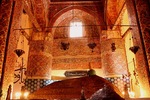
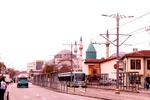
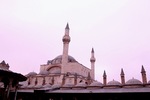
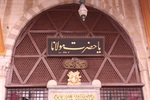
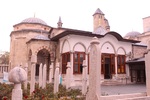
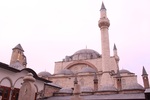
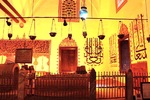
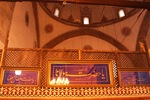
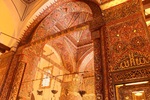
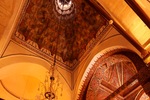
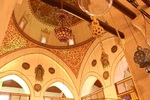
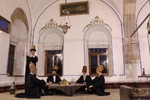

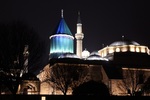

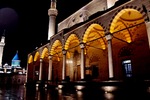
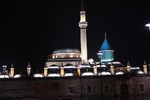
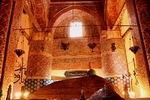
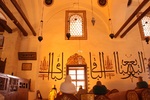
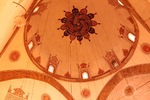
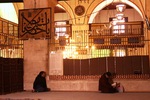
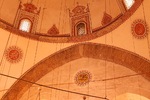
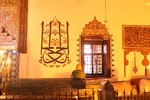
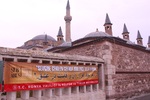
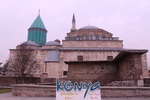
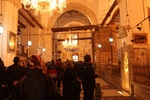

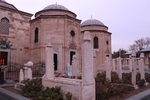
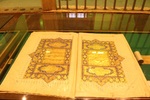

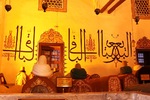
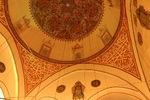
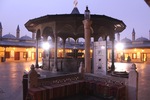
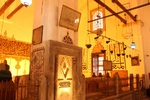
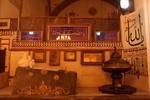


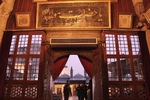


No comments:
Post a Comment